When a loved one is diagnosed with cancer it is one of the most stressful things a family can experience.
And the longer the wait for treatment, the more agonising it would become for that person and their family.
To help you better understand how long you might wait to be seen, we have created a series of charts that track cancer waiting times in Scotland.
The data comes from the NHS Scotland open data page and we will update it when new figures become available.
What is the target for cancer waiting times in Scotland?
The Scottish Government and local NHS boards have an agreed “31-day standard”. in place.
This means 95% of patients who receive a cancer diagnosis should begin to receive treatment within 31 days of the decision to treat the disease.
The responsibility for meeting this target lies with the health board where the patient receives their first cancer treatment.
However, this might not be the same as the board that referred them for treatment.
This target applies to all cancer referrals, regardless of the urgency level.
According to another indicator, which measures the percentage of people who have had treatment within 61 days of referral, waiting times have fallen to 76.9%.
This led to First Minister Nicola Sturgeon saying improvements to cancer waiting times in Scotland are needed.
In the NHS Scotland North region both treatment and investigation of most cancers is carried out at oncology centres located in Dundee, Aberdeen and Inverness.
Breast cancer waiting times
This is the most common type of cancer diagnosis in the UK, with around one in eight women receiving a diagnosis in their lifetime.
It was revealed in early 2022 that only four candidates have been interviewed in two years to fix a recruitment crisis that left NHS Tayside without a single breast cancer consultant.
The chart below shows the adherence to the 31-day standard in Scotland for breast cancer.
Use the dropdown to navigate to the relevant area.
Cervical cancer waiting times
Cervical cancer is largely preventable and anyone in Scotland with a cervix aged between 25 and 64 is eligible for a cervical screening.
This can detect early signs of abnormal cells.
The test checks cervical cells for human papillomavirus (HPV), which is the main cause of cervical cancer.
But you should still go for a smear test even if you’ve had the HPV vaccine.
The chart below shows the adherence to the 31-day standard in Scotland for cervical cancer.
Use the dropdown to navigate to the relevant area.
Colorectal cancer waiting times
In Scotland, the third most commonly diagnosed cancer type is bowel cancer, with around 4,000 people receiving a diagnosis each year.
NHS Scotland runs a bowel screening service which is offered to people aged 50 to 74.
It’s important to participate if you’re invited to do a screening test as you are 14 times more likely to survive a bowel cancer diagnosis if it is caught early.
Use the dropdown to navigate to the relevant area.
Head and neck cancer waiting times
Head and neck cancer is a collection of diagnoses including cancers of the mouth, nose, throat, saliva glands and larynx (voice box).
According to statistics from Cancer Research, around 12,000 people in the UK are diagnosed with some variety of head and neck cancer each year.
The chart below shows the adherence to the 31-day standard in Scotland for head and neck cancers.
Use the dropdown to navigate to the relevant area.
Lung cancer waiting times
Lung cancer is the most common cancer diagnosed in Scottish people.
It is three times more common in the most deprived areas of Scotland than the least deprived.
Around 5,500 Scottish people receive this devastating diagnosis each year and lung cancer rates in women have been trending up since 1995.
The chart below shows the adherence to the 31-day standard in Scotland for lung cancer.
Use the dropdown to navigate to the relevant area.
Lymphoma waiting times
Lymphoma is a type of cancer that impacts the lymph glands as well as the organs of the lymphatic system.
There are two main types – Hodgkins lymphoma and non-Hodgkins lymphoma.
Support for those affected by lymphoma can be provided by Disability Information Scotland, a dedicated lymphoma charity.
The chart below shows the adherence to the 31-day standard in Scotland for lymphoma.
Use the dropdown to navigate to the relevant area.
Melanoma waiting times
Melanoma is a type of cancer affecting the skin and is the sixth most commonly diagnosed cancer in Scotland.
One of the key things you can do to prevent melanoma is keep an eye on any moles you have.
You should also get checked out by your GP if you notice any concerning changes.
The chart below shows the adherence to the 31-day standard in Scotland for lymphoma.
Use the dropdown to navigate to the relevant area.
Ovarian cancer waiting times
One in 59 people with ovaries in Scotland will be diagnosed with ovarian cancer in their lifetime.
Of those receiving the diagnosis, 90% are over 45.
Unlike breast, bowel, and cervical cancer there is currently no screening method available.
It is therefore essential that you seek medical advice if you start experiencing symptoms.
You can find more information on the signs to look out for on the NHS website.
The chart below shows the adherence to the 31-day standard in Scotland for ovarian cancer.
Use the dropdown to navigate to the relevant area.
Upper gastrointestinal (GI) cancer waiting times
Upper GI cancers are cancers that involve the upper digestive tract and include oesophageal and gastric cancers, biliary tract cancer, hepatocellular cancer (also known as primary liver cancer), and pancreatic cancer.
Around 1,500 new upper GI cancer diagnoses are made in Scotland each year.
The chart below shows the adherence to the 31-day standard in Scotland for upper GI cancer.
Use the dropdown to navigate to the relevant area.
Urological cancer waiting times
Urological cancers are cancers that involve the urinary system and include the bladder, prostate, renal system, penis and testes.
The chart below shows the adherence to the 31-day standard in Scotland for upper GI cancer.
Use the dropdown to navigate to the relevant area.
Where can I get help?
The NHS inform website provides more information on cancer signs, symptoms and treatment.
Speak to your GP with any concerns.
If you have been impacted by long waiting times and wish to share your story, please fill in the form below.
More health data
This article is part of a series that aims to make data about waiting times and pressures on the NHS more accessible and easy to understand.
You can view the rest of the series below.
The charts in this tracker series are automatically updated with the latest available data from Public Health Scotland. The source code for this project can be found on our data team GitHub page.

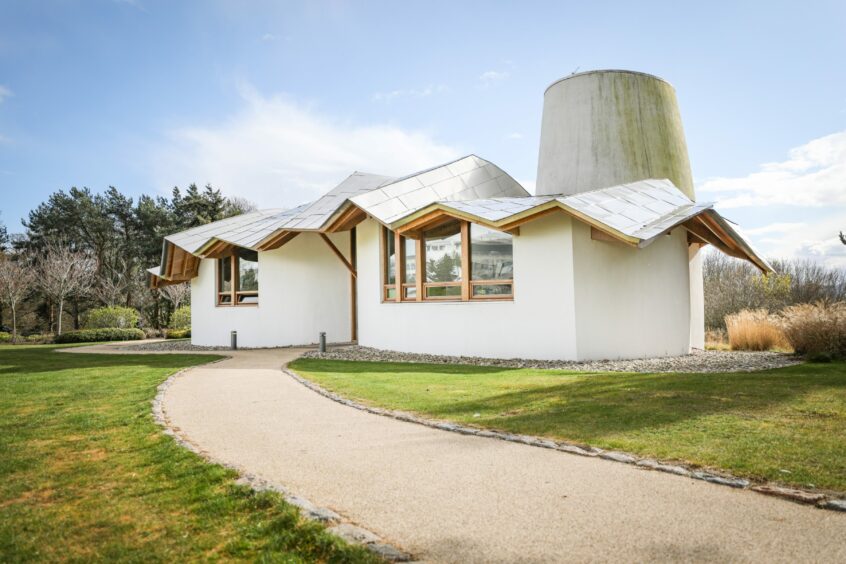
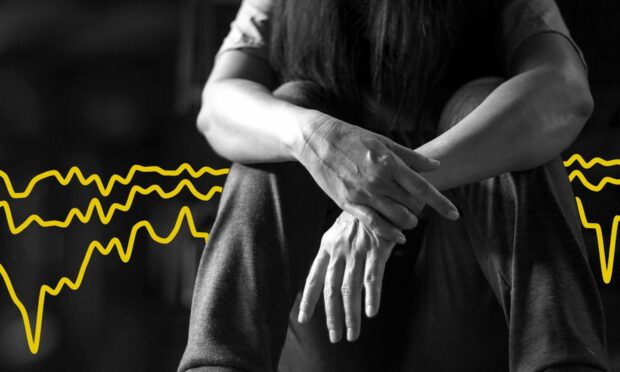
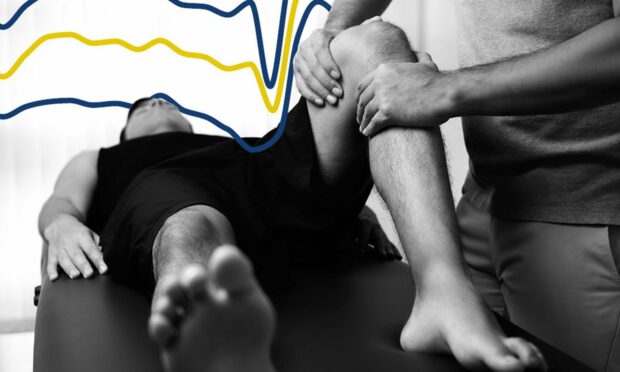
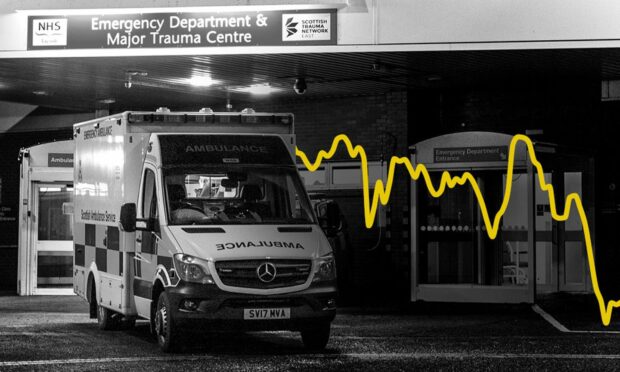

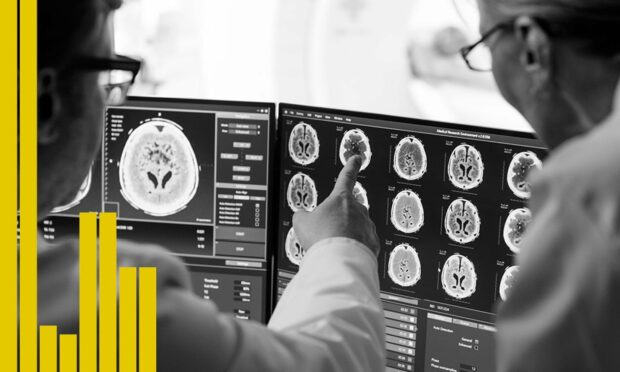

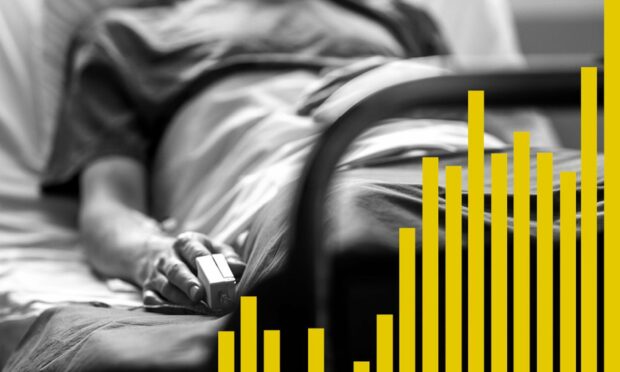
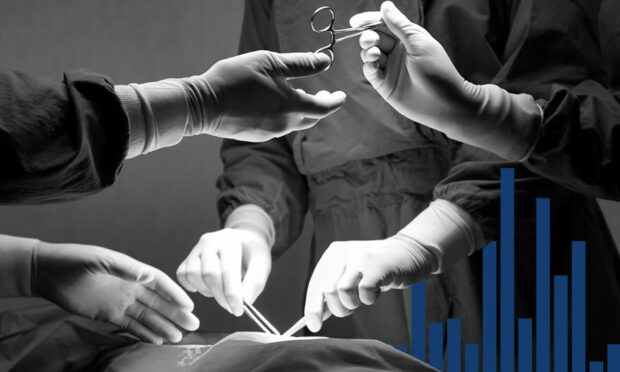







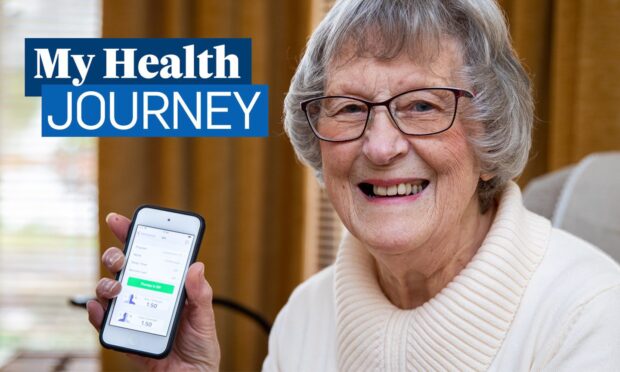
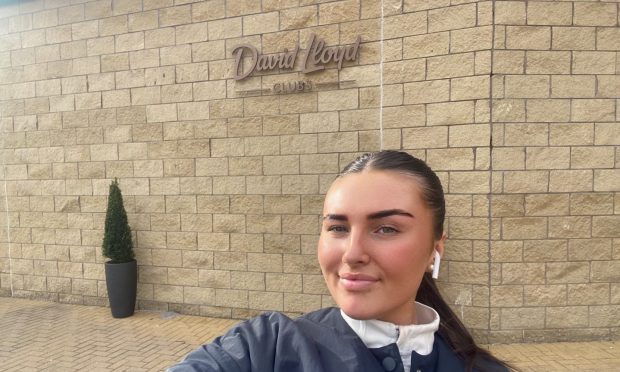
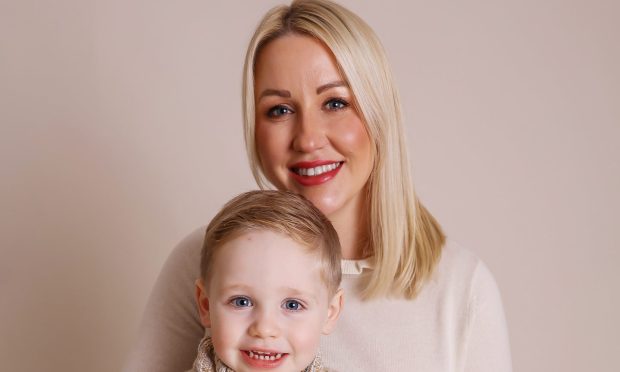
Conversation